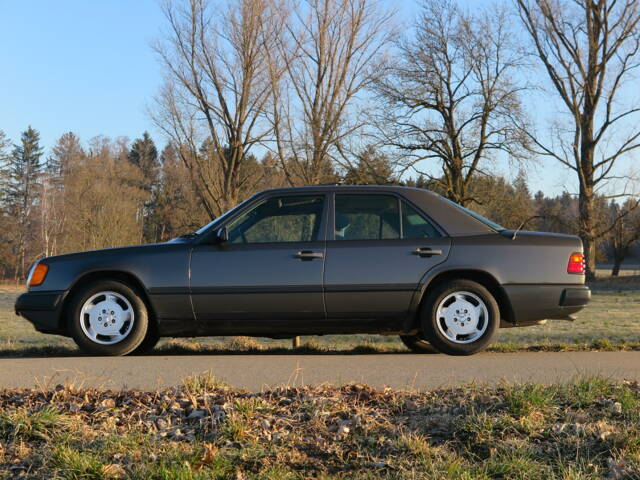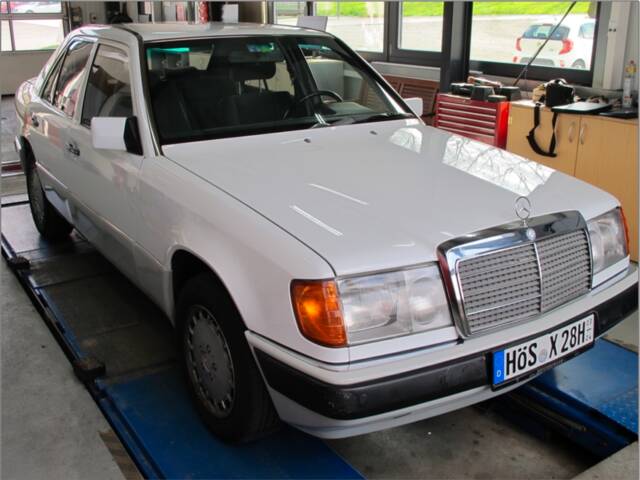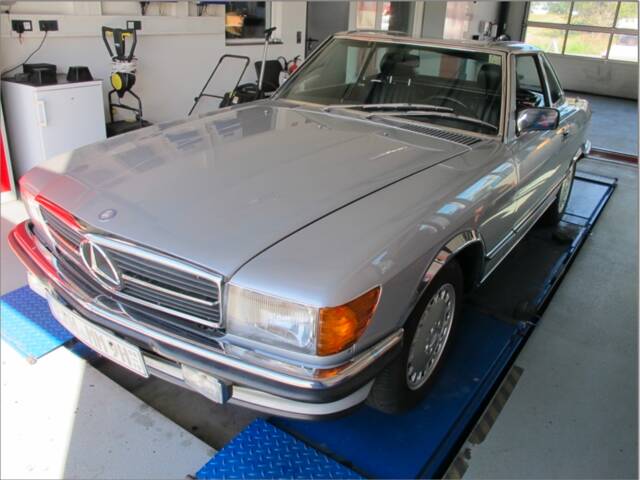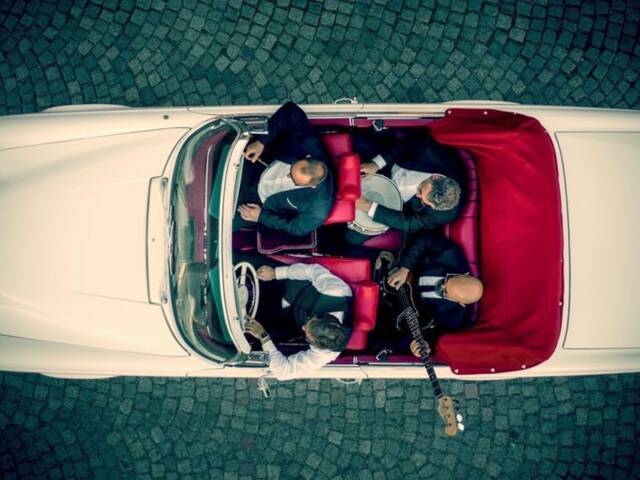- Voiture
- Mercedes-Benz (1569 offres)
Classic Mercedes-Benz For Sale
Mercedes-Benz is synonymous with tradition, luxury, and technical innovation in the automotive world. The classic cars from this brand are held in high esteem among collectors and are sought after both as investments and symbols of a unique lifestyle. A Mercedes-Benz Classic represents not just a vehicle, but a piece of history on four wheels.
Résultats de la recherche
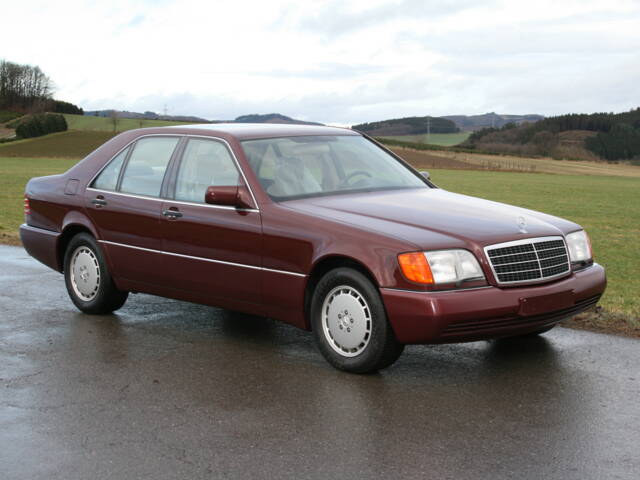
1992 | Mercedes-Benz 500 SE
Mercedes W140 500SE Automatic, Air Conditioning
1989 | Mercedes-Benz 200 D
letztes Baujahr vor der ersten Modellpflege
1990 | Mercedes-Benz 300 E 4-Matic
The best or nothing - 300E 4-Matic from Switzerland
1989 | Mercedes-Benz 300 SL
Dated 28.06.1989 (one of the last), original 91,400 km
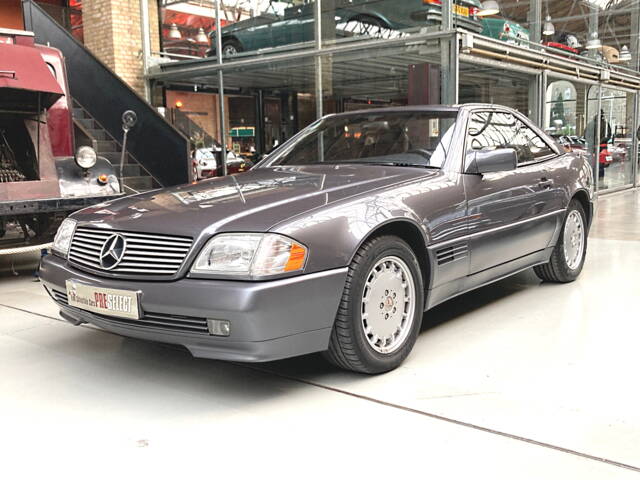
1995 | Mercedes-Benz SL 280
Mercedes-Benz Topfahrzeug, dt.Erstzul - seit 26 J. in 2.Hand!
1994 | Mercedes-Benz E 220
Handgeschaltetes Sportline-Modell in sehr gutem Zustand 2, Euro 2 oder H-Zulassung
1966 | Mercedes-Benz 250 SE
+++ Cabriolet +++
1968 | Mercedes-Benz 280 SL
+++ Collectors +++ Manual Transmission +++ Online Auction
1974 | Mercedes-Benz 350 SL
350 SL V8 3,5 ltr. 4-Sitzer, Leder, EU Modell, H-Abnahme
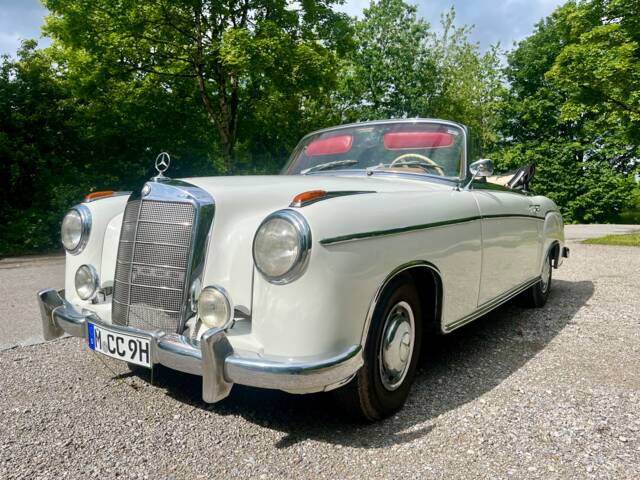
1957 | Mercedes-Benz 220 S Cabriolet
Practical for everyday use - well below market price
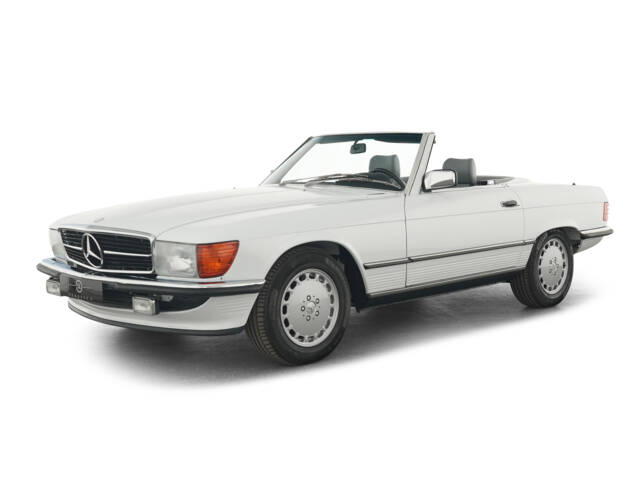
1989 | Mercedes-Benz 560 SL
Arcticweiß mit grauer innenausstattung nur 66.000 km
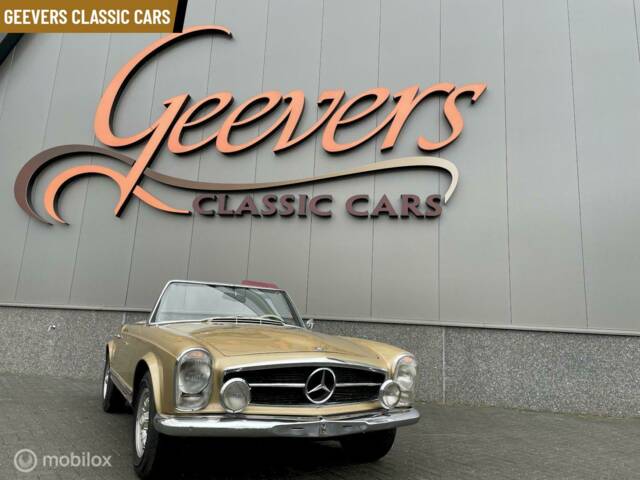
1963 | Mercedes-Benz 230 SL
Mercedes 230SL Pagode
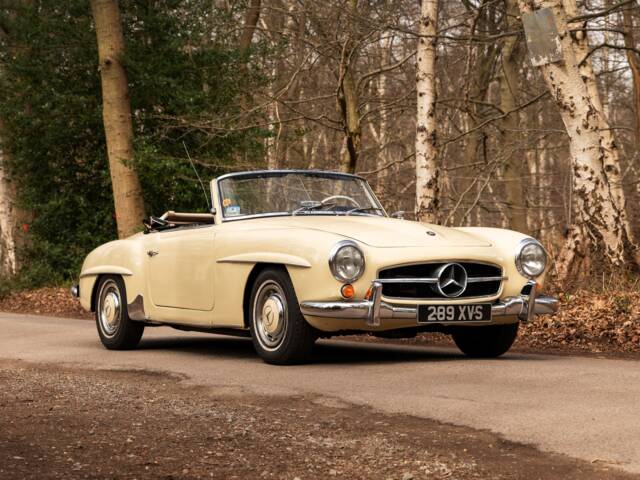
1962 | Mercedes-Benz 190 SL
1962 Mercedes-Benz 190 SL
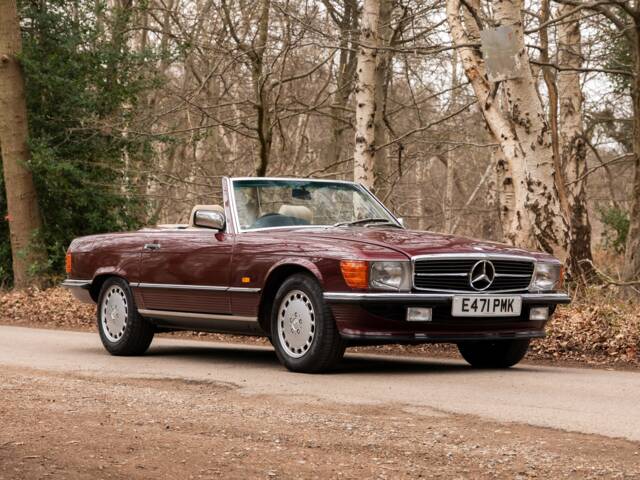
1988 | Mercedes-Benz 420 SL
1988 Mercedes-Benz 420 SL
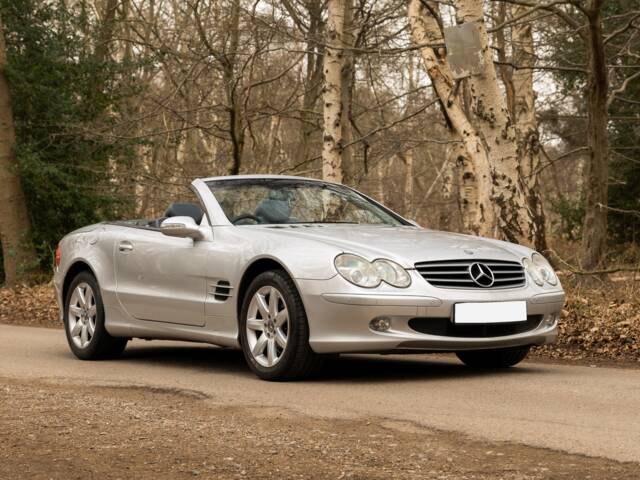
2003 | Mercedes-Benz SL 500
2003 Mercedes-Benz 500 SL
History of Mercedes-Benz Classics
The history of Mercedes-Benz began in 1926 with the merger of Daimler-Motoren-Gesellschaft and Benz & Cie., creating one of the most famous car brands in the world. Early on, Mercedes-Benz was distinguished by technical innovations and luxurious vehicle concepts.
A significant milestone was the introduction of the Mercedes-Benz 300 SL in 1954, renowned for its gullwing doors, and now considered one of the most sought-after classics. Another iconic model is the Mercedes-Benz 600, first driven in 1963 as a limousine for heads of state and celebrities.
Mercedes-Benz has always stood for reliability, quality, and innovation, shaping the automotive world with numerous inventions, from the first fuel injection system to modern safety features.
Popular Mercedes-Benz Classic Models
Over the decades, Mercedes-Benz has produced numerous classics that are now considered valuable:
- Mercedes-Benz 300 SL "Gullwing" (1954–1957): Famous for its gullwing doors, the 300 SL was one of the world's first supercars. Its inline six-cylinder engine and groundbreaking direct injection make it a highly coveted classic.
- Mercedes-Benz 190 SL (1955–1963): The 190 SL, the little brother of the 300 SL, merges sportiness with elegance. Its classic roadster design is highly popular among classic car enthusiasts.
- Mercedes-Benz W 111 Coupé/Cabriolet (1959–1971): Known for its timeless elegance and high build quality, the "Heckflosse" is especially admired in its coupé and cabriolet versions.
- Mercedes-Benz 600 (W 100) (1963–1981): The Mercedes 600 was the ultimate luxury car of its era, favored by many heads of state and celebrities. With its powerful V8 engine and hydraulic system for nearly all vehicle functions, it is regarded as a technical masterpiece.
Advantages of Buying a Mercedes-Benz Classic
- Strong Value Retention: Mercedes-Benz classics, especially models like the 300 SL and the 600, are known for their stable value and are considered safe investments.
- Reliability and Longevity: Mercedes-Benz is synonymous with superior quality and craftsmanship, which is reflected in the longevity of its classic cars.
- Luxury and Elegance: Models such as the 190 SL or the W 111 Coupé continue to exude unmatched luxury and timeless elegance.
Weaknesses of a Mercedes-Benz Classic
- Costly Restorations: Restoring a Mercedes-Benz classic can be expensive depending on the model and condition, especially if original parts are used.
- Technical Complexity: Advanced technical systems in models like the 600 W 100 can lead to extensive and costly repairs.
Key Purchasing Criteria for Mercedes-Benz Classics
When buying a Mercedes-Benz Classic, pay close attention to brand-specific details:
- Condition and Maintenance History: While Mercedes-Benz classics are known for their durability, regular maintenance is essential. Look for a complete service record and well-documented maintenance history, particularly for complex models like the 600 W 100.
- Originality and Parts: Originality is crucial for Mercedes-Benz classics' value. Ensure as many parts as possible are original, especially in rare models. Mercedes-Benz offers a good supply of replacement parts, allowing for high-quality, authentic restorations.
- Technical Features: Mercedes-Benz often pioneered new technologies. For models like the 300 SL, it is vital that all technical systems, such as the fuel injection, function properly. Inspect these carefully or have a specialist workshop conduct an inspection.
Technical Specifications of Mercedes-Benz Classics
Here's an overview of the key technical specifications and features of the most popular Mercedes-Benz classics:
| Model Series | Production Series | Model | Year | Body Variants | Engine Capacity | Power (HP) |
|---|---|---|---|---|---|---|
| Mercedes-Benz 300 SL | W 198 | 300 SL "Gullwing" | 1954–1957 | Coupe | 2996 cm³ | 215 |
| Mercedes-Benz 190 SL | W 121 | 190 SL | 1955–1963 | Roadster | 1897 cm³ | 105 |
| Mercedes-Benz W 111 | W 111 | Coupé/Cabriolet | 1959–1971 | Coupe, Cabriolet | 2195–3499 cm³ | 95–200 |
| Mercedes-Benz 600 | W 100 | 600 | 1963–1981 | Limousine, Pullman | 6332 cm³ | 250 |
Restoration of Mercedes-Benz Classics
Restoring a Mercedes-Benz Classic demands an understanding of the brand's technical uniqueness and a careful selection of parts. Known for high quality and durability, these restorations should often be carried out with precision and originality.
For models like the 300 SL or the 600, restoring the technical systems to their original state is essential, as these vehicles impress not just with their design but with their advanced technology. Generally, Mercedes-Benz provides a good supply of spare parts, although original parts can be very costly, particularly for coveted models.
A professional restoration that considers every aspect of the vehicle can significantly enhance its value, but it requires considerable financial and time investment. It is advisable to consult specialist workshops with experience in Mercedes-Benz classics to ensure the vehicle's value and authenticity are preserved.
Conclusion
A Mercedes-Benz Classic embodies timeless elegance, technical perfection, and historical significance. More than just reliable vehicles, these models are valuable collector's items. Investing in a Mercedes-Benz Classic means acquiring a piece of automotive history. Discover your dream car now at Classic Trader!
FAQs about Mercedes-Benz Classics
What classic Mercedes-Benz models are available?
Some of the most iconic classic Mercedes-Benz models include the 300 SL "Gullwing", 190 SL, W 111 Coupé/Cabriolet, and the 600.
What is the oldest Mercedes-Benz classic car?
The oldest Mercedes-Benz classic car is the 300 SL "Gullwing" from the 1950s.
What should I consider when buying a Mercedes-Benz classic car?
Pay close attention to the condition, originality, and availability of spare parts.
What are the maintenance costs for Mercedes-Benz classic cars?
Maintenance costs can vary based on model and condition, but are generally high for rare models like the 300 SL and 600.
